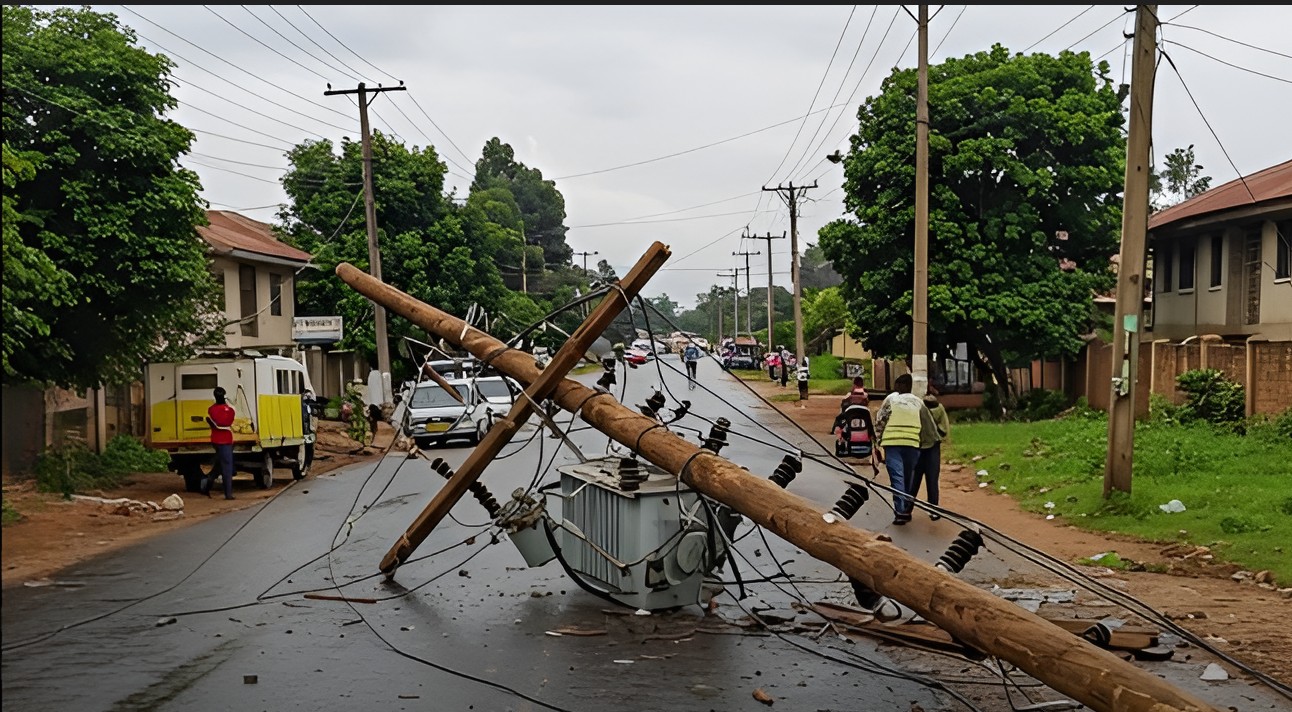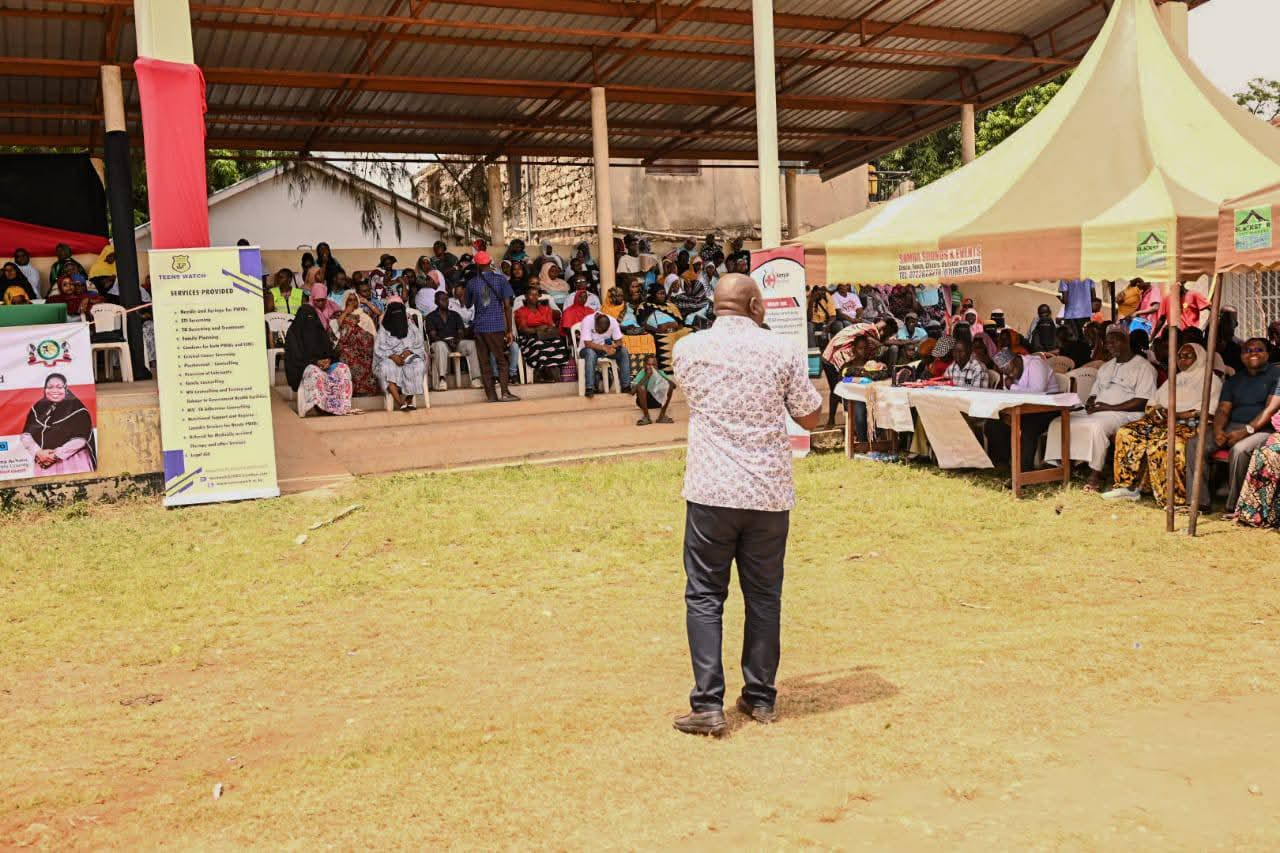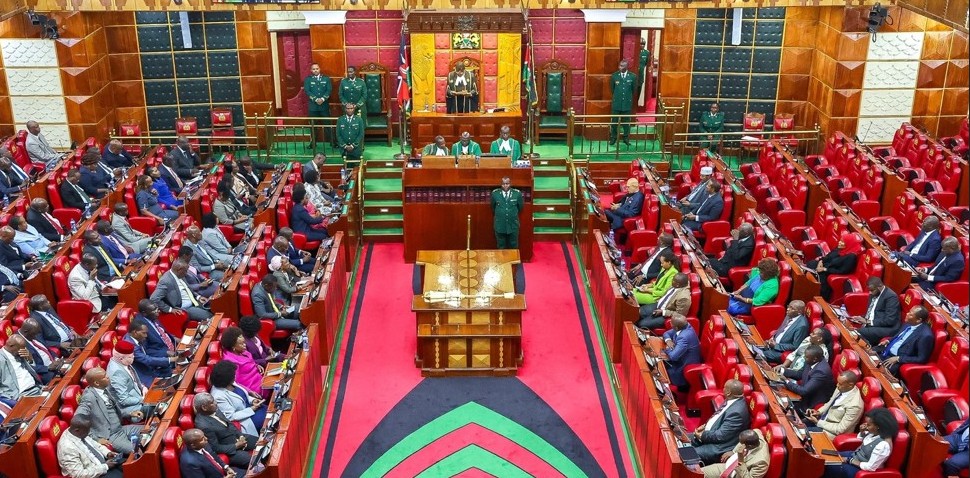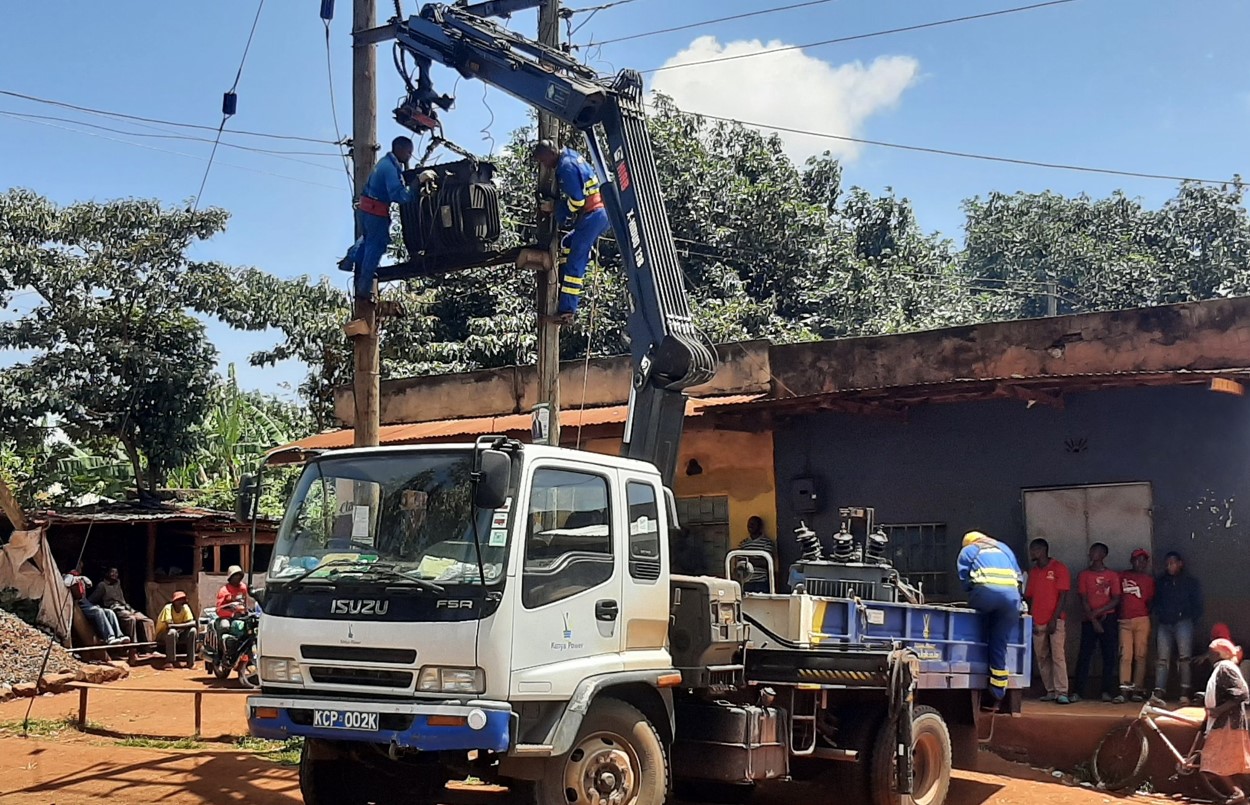Nairobi leads in teen pregnancies as cases drop nationally to 241,228 in 2024
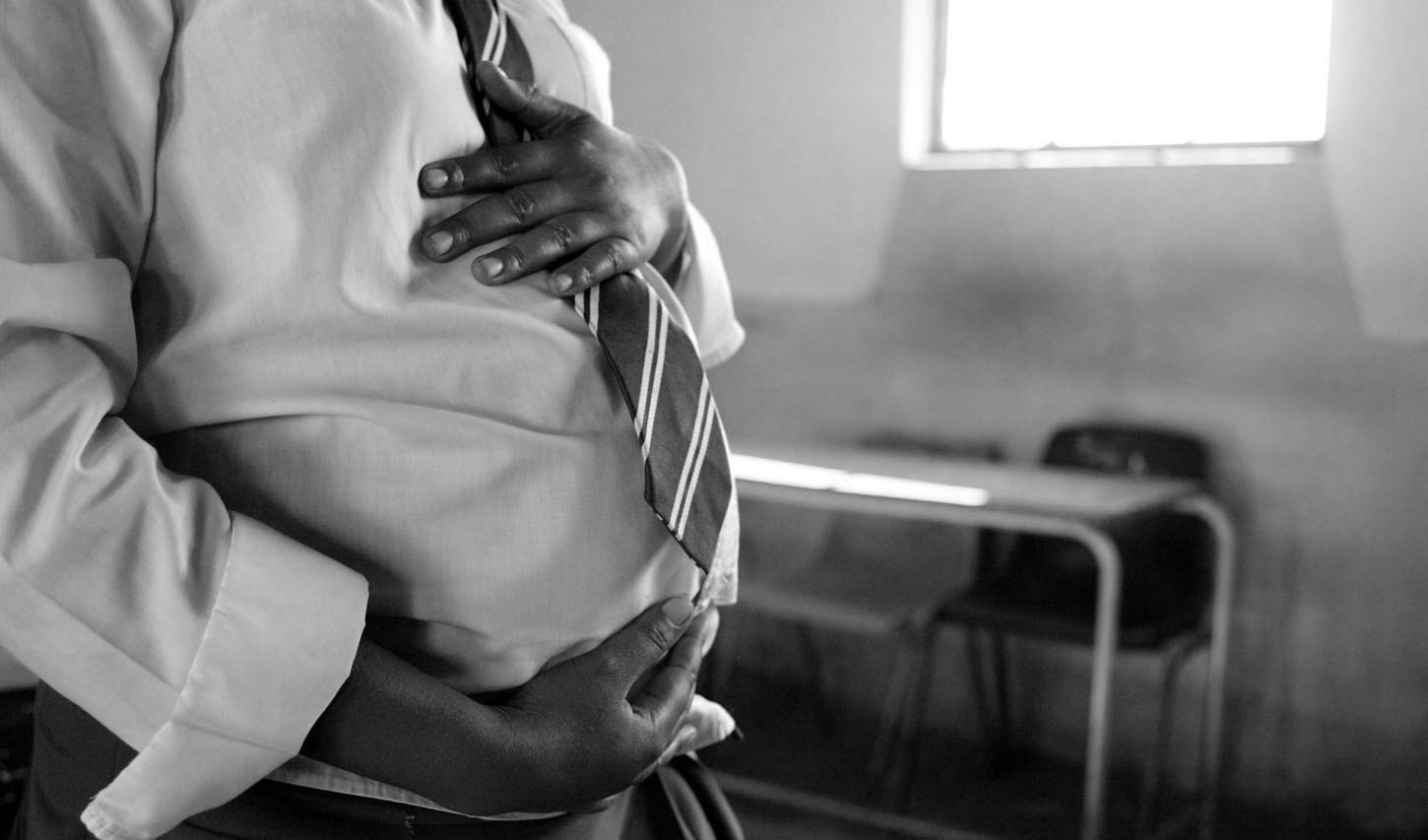
Older teens aged 15 to 19 registered 231,102 cases, showing a 4.3 per cent decline. These figures offer hope that ongoing efforts to address teenage pregnancy may be bearing fruit.
For many girls in Kenya, the chance to stay in school and chase their dreams remains fragile. While the latest government report shows a drop in teenage pregnancies, the numbers still tell the story of thousands of girls whose lives are changed too soon.
The 2025 Economic Survey released by the Kenya National Bureau of Statistics (KNBS) shows that teenage pregnancies declined in 2024.
More To Read
- North Eastern Commissioner urges multi-sectoral cooperation to bolster regional security
- Gender CS Cheptumo calls for collective action against teenage pregnancies
- Teenage pregnancy key driver of preterm births in Africa, studies show
- Beyond the numbers: Why Kenya’s teenage pregnancy crisis demands new conversations
- Education Ministry sets up special unit to tackle teenage pregnancy in schools
- Kenya set to miss 2025 target as teen pregnancies persist
The number of adolescents aged 10 to 19 who visited health facilities while pregnant during their first antenatal care appointment dropped by 4.8 per cent to 241,228. In 2023, the figure was 253,377.
Among younger girls aged 10 to 14, there was a 14.4 per cent drop, with 10,126 cases recorded.
Older teens aged 15 to 19 registered 231,102 cases, showing a 4.3 per cent decline. These figures offer hope that ongoing efforts to address teenage pregnancy may be bearing fruit.
Despite the decline, the reality remains harsh in some counties.
Nairobi had the highest proportion of reported teenage pregnancies in 2024 at 6.1 per cent. Kakamega followed with 4.8 per cent, while Narok and Bungoma each reported 4.4 per cent.
A closer look at earlier data shows the scale of the challenge. In the first five months of 2023 alone, there were 110,821 reported pregnancies among girls aged 10 to 19. Of these, 6,110 involved girls between 10 and 14 years, while 104,711 were aged 15 to 19.
These numbers are an improvement compared to previous years. In 2022, 260,734 teen pregnancies were recorded, while in 2021 the figure was 316,187. The highest number was recorded in 2020, standing at 331,549.
In November 2024, a separate report titled Situational Analysis on Teen Pregnancies in Kenya looked into 20 counties and found that 27.4 per cent of girls aged 15 to 18 had been pregnant.
According to the report, “Teenage pregnancy is a major challenge that deprives schoolgirls of the opportunity to further their education and attain their career goals.”
The report links the problem to several social and environmental factors. These include early sexual debut, lack of parental supervision, and the influence of social media.
It also points out that national crises such as the Covid-19 pandemic, drought in 2022, and flooding in late 2023 and 2024 contributed to the rise in cases during those periods.
While progress has been made, the journey is far from over. Many girls still face the risk of early pregnancy, cutting short their education and future plans.
Top Stories Today






